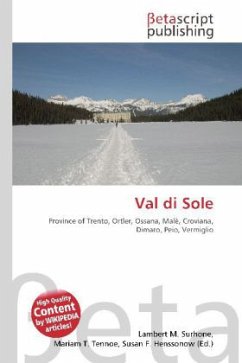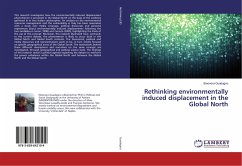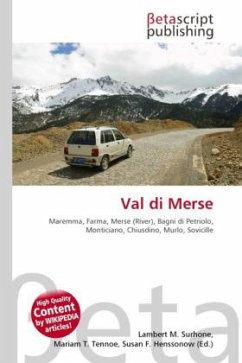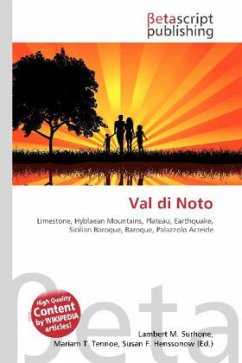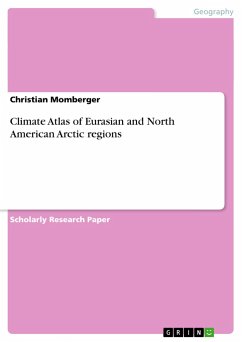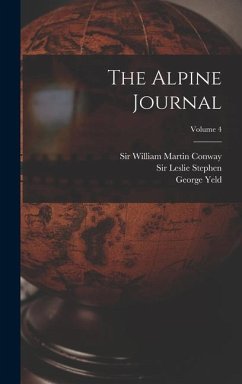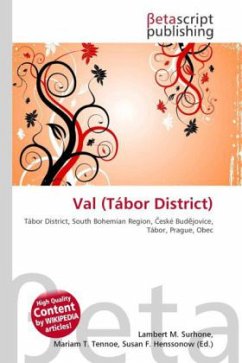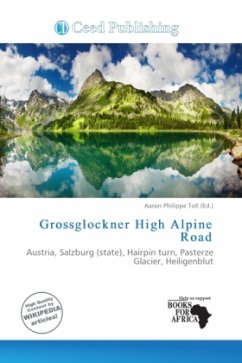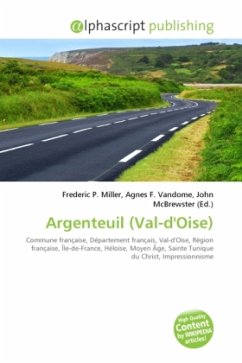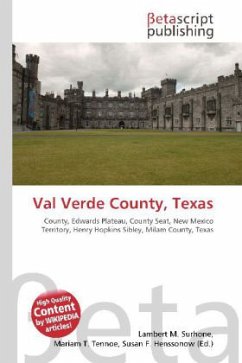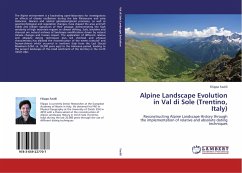
Alpine Landscape Evolution in Val di Sole (Trentino, Italy)
Reconstructing Alpine Landscape History through the implementation of relative and absolute dating techniques
Versandkostenfrei!
Versandfertig in 6-10 Tagen
45,99 €
inkl. MwSt.

PAYBACK Punkte
23 °P sammeln!
The Alpine environment is a fascinating open-laboratory for investigations on effects of climate oscillations during the late Pleistocene and early Holocene. Glaciers and related glacial/periglacial processes, as well as geomorphological and vegetation changes, have shaped the area and left visible and hidden signatures of their passage, demonstrating the high sensitivity of high mountain regions to climate shifting. Soils, boulders and charcoal are natural archives of landscape modifications driven by natural climate changes and human impact. The application of different relative and absolute...
The Alpine environment is a fascinating open-laboratory for investigations on effects of climate oscillations during the late Pleistocene and early Holocene. Glaciers and related glacial/periglacial processes, as well as geomorphological and vegetation changes, have shaped the area and left visible and hidden signatures of their passage, demonstrating the high sensitivity of high mountain regions to climate shifting. Soils, boulders and charcoal are natural archives of landscape modifications driven by natural climate changes and human impact. The application of different relative and absolute dating techniques plus soil chemical and physical characteristics has allowed the reconstruction of the events (natural- and human-driven) which occurred in northern Italy from the Last Glacial Maximum (LGM, ca. 20,000 years ago) to the Holocene period, leading to the present landscape of this small catchment of the territory in the north Italian Alps.



